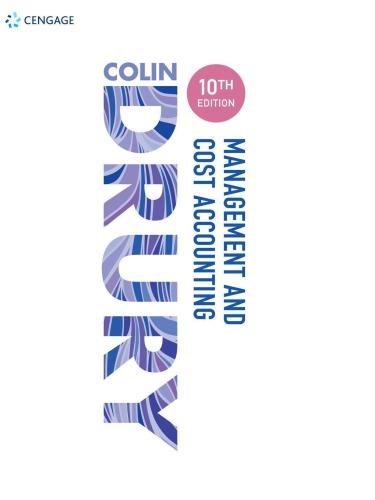Increasingly, householders and small businesses are considering renewable power generation systems to decrease their costs. Most of
Question:
Increasingly, householders and small businesses are considering renewable power generation systems to decrease their costs. Most of the UK, Ireland and Scandinavia are suited to generating energy from wind, whereas more central European countries tend to opt for solar power. While larger businesses typically appraise all investments using solid techniques and criteria, smaller businesses (and households) do not have either the knowledge or resources to do a full investment appraisal. For wind energy generation, an investment outlay is necessary. This may range from a few thousand pounds for a small domestic type wind turbine to about £70 000 for a 15 kW turbine capable of meeting the power requirements of a small farm or office complex. In terms of measuring whether an investment is worthwhile, the typical evaluation method used is the payback period. Most suppliers of wind turbines provide payback calculators on their websites. The UK’s Energy Saving Trust also provides such a tool (see the link below). According to its calculator a wind turbine rated with a 15 kW generation capability, assuming 75 per cent of the power is sold to the national grid will have a lifetime benefit of just over £81 000 at 2016 rates. If the cost is £70 000, the net gain is thus £11 000, giving a payback period of about 17 years assuming a 20-year lifespan.
Questions;
1 What might affect the payback calculations on wind energy investments for a business and/or a household?
2 In making a decision, should the business or householder look beyond the payback period?
Step by Step Answer:






